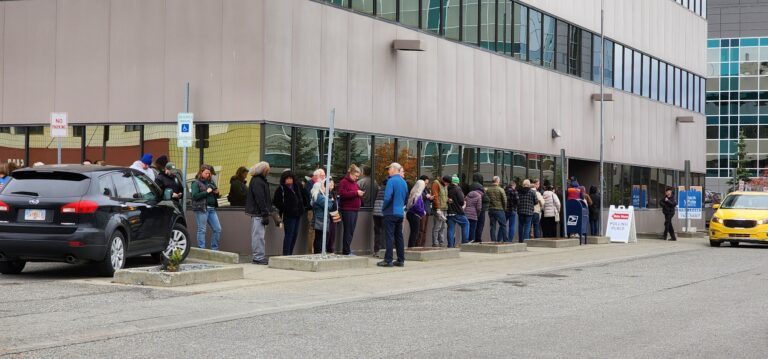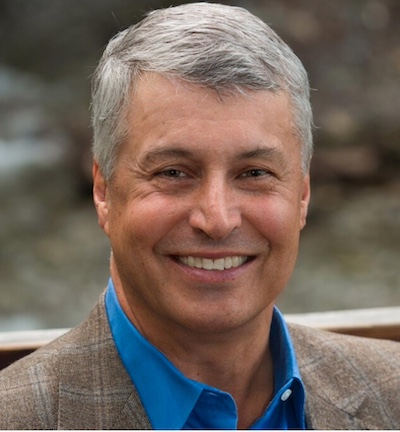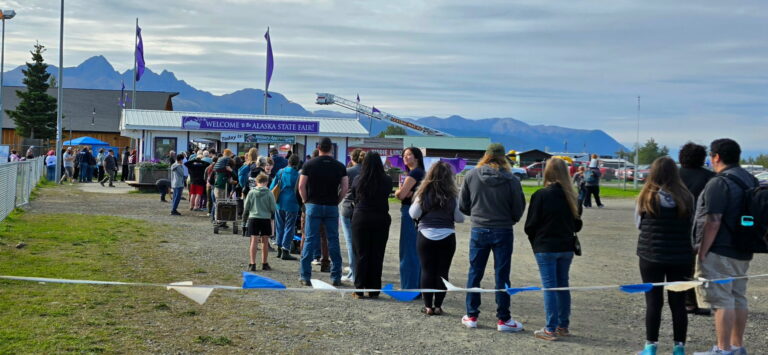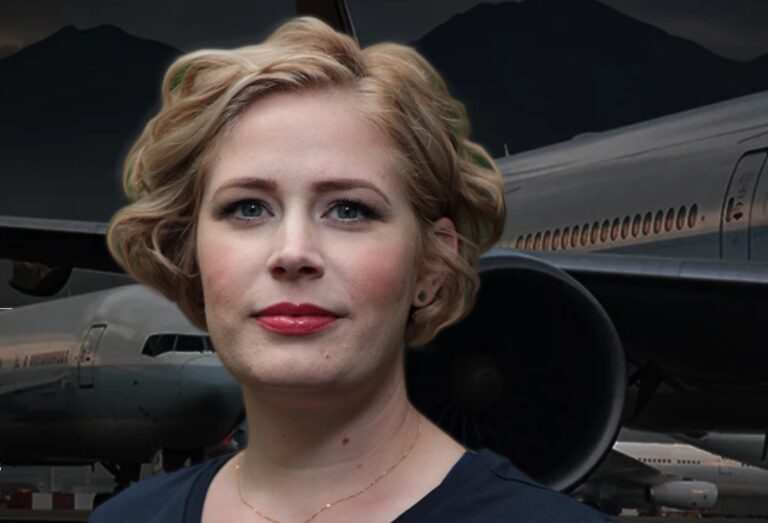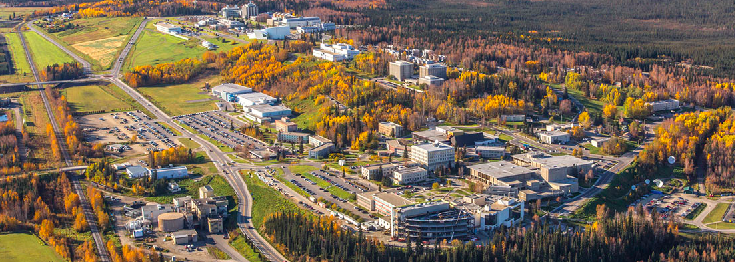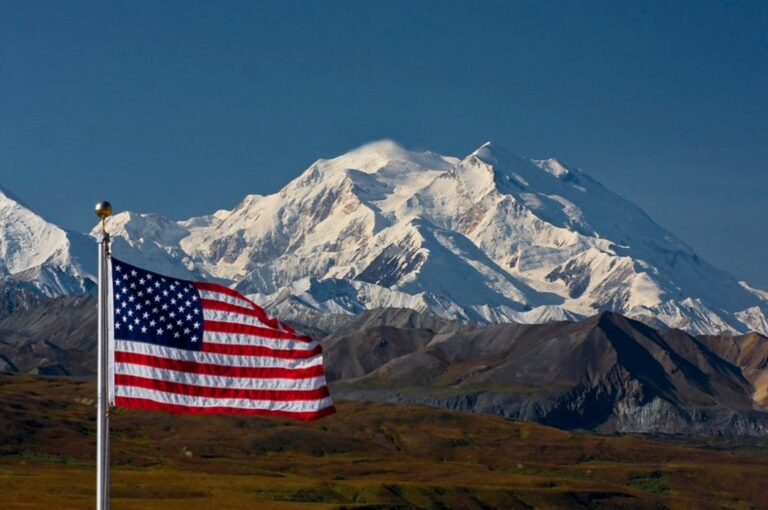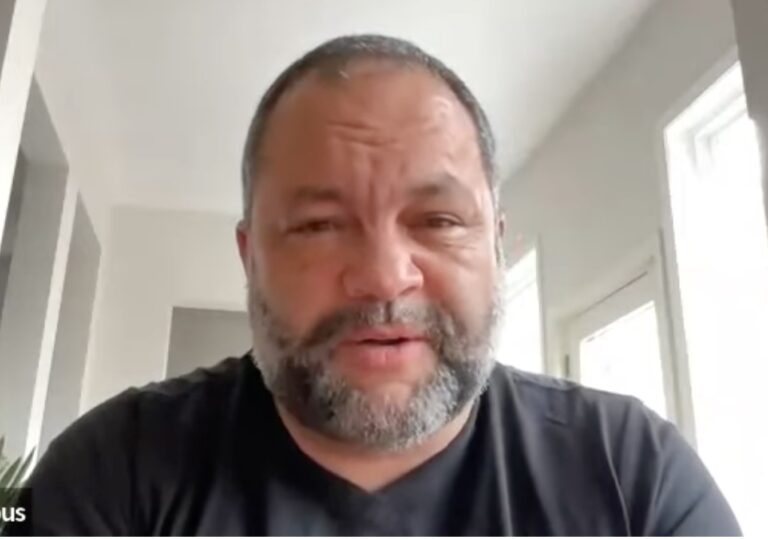By GLEN BIEGEL
Politically speaking, where a week is an eternity, it’s early, and we have a long Republican Governor’s race ahead. And when I say ‘Republican’, I am including the 10’s of thousands of voters who understand/like the pro-Alaska policies of Trump. So about 62% of Alaskan voters. Republicans, Libertarians, independents, non-partisans, and anyone else who understands that our vibrant future is found in the wise use of our lands, in energy and metals development, by maintaining fish and game harvesting, partnering with our federal agencies, and by overcoming our history of underperforming education, broken families, and crime in our largest city. In other words, we’ve got a lot to talk, think, and pray about between now and voting day.
Enter a significant number of candidates and mix in a few unscientific polls, and even one scientific poll, along with some great commentary on who is running and what chances they have, all things being equal. All things being equal…
In politics, the one thing you can count on is that things are never equal. Let me give my “filter” on what things matter to me in a gubernatorial resume.
- Have you run for office? Running for office or being appointed is a great equalizer, as it gives the public a chance to review your life and make an informed decision.
- Have you made, or can you make, alliances with the bush, southeast, or rural areas?
- What is your knowledge of issues, and what are the proposed solutions versus one-liners that sound great but aren’t backed up?
- Do you understand how the state operates economically, and specifically the demands made on the State?
- Can you reach out to oil companies, builders, shippers, miners, and local dignitaries to contribute to your vision? Public vision always requires sacrifices and a lot of hands pulling in the same direction.
- Do you understand how the State operates politically? If you want something done, do you know what battles to fight, how to win that battle, and what all the parties are willing to barter for to get something done?
OK, I promised a review of the polls, as suspect as they may be. When I say suspect, just know that any online poll is really an insider friends-and-family poll. Remember what Joe Miller got in trouble for on public computers? Seriously, not all the polls are online, and they ARE notable and provide some data.
Let’s ignore the online poll. The other polls give us some initial data and some fun insights:
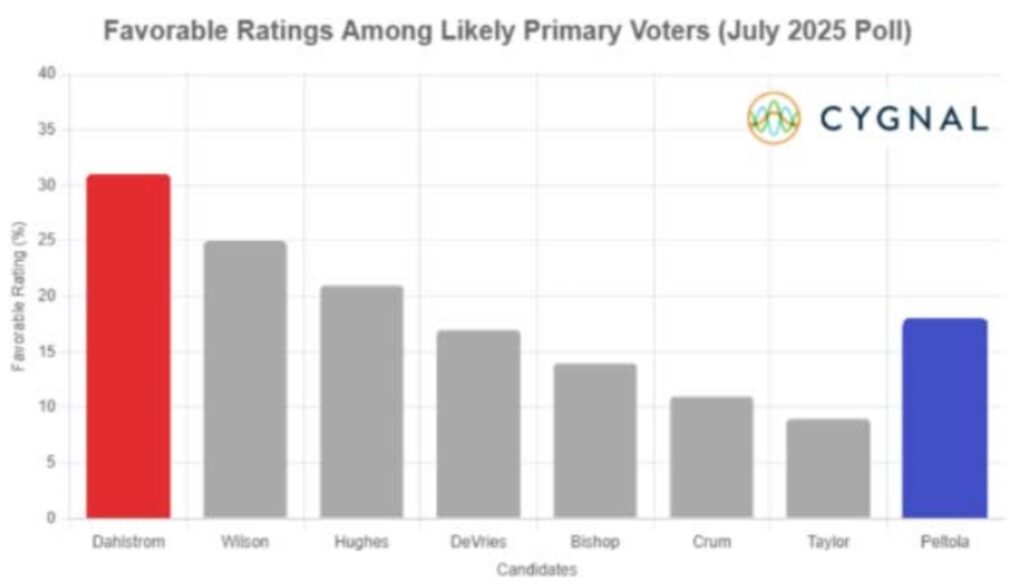
With added awareness ratings of:
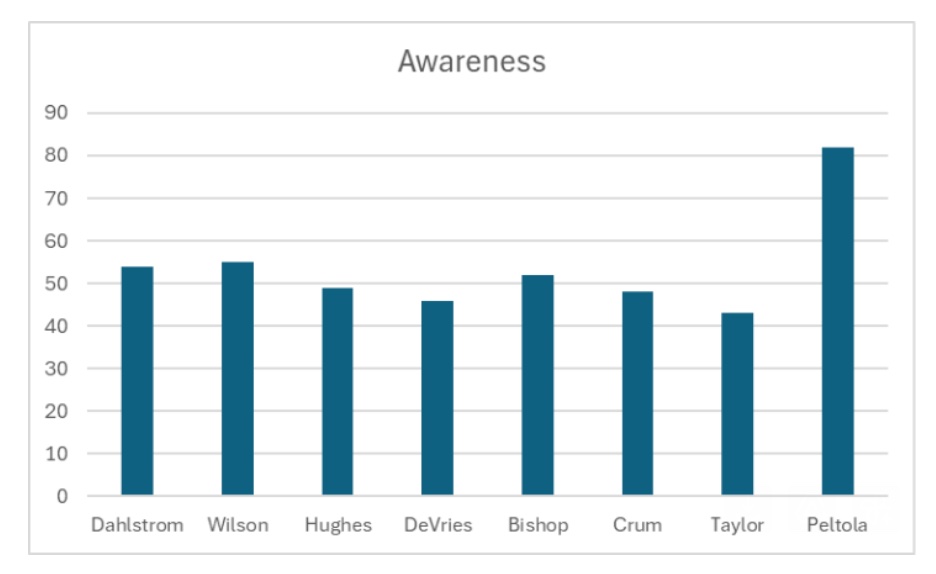
Notes on this poll:
This was taken exclusively from non-Democrat voters.
I think that both favorability and awareness are hard to overcome, with favorability the easier of the two, as most people don’t really know what conservative politicians or candidates have said or done.
The next poll was taken at the Ninilchik Fairgrounds, which I drove by twice on the way to and from Homer for a family reunion.
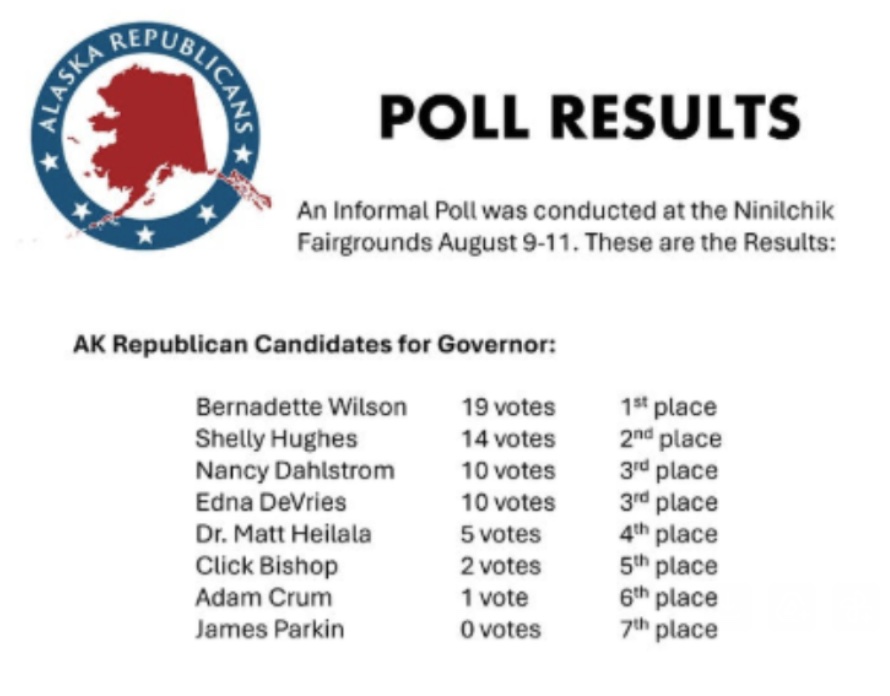
This may show that the Cygnal poll was somewhat biased or didn’t accurately measure the essential question of ‘who would you vote for?’.
Let’s then synthesize the results from these two extremely questionable polls:
- Being in the current executive branch does not provide any extra brownie points.
- Lt. Gov. Dahlstrom is well-known among conservative circles, but how do they grade her time in office, and is there a trust factor that influences the vote?
- There are a large number of people in this race, and it will come down to small percentages.
- Campaign promises: Concrete, realistic, and deliverable?
- Who knows how the ranked choice system will play with the conservative base? The candidate who best plays ranked choice by convincing people to rank them as a trusted second choice may well win.
- It’s sooo early.
- I did notice that Shelley Hughes is listed near the top in each poll. I don’t even think she had announced for the first poll.
- I appreciate that we will be better informed in various aspects of the Alaska government, with input from legislators, business owners, as well as the former attorney general and the former commissioner of the Department of Revenue. This governor’s race should be educational, at the very least.
Final thoughts:
Money and energy become the mother’s milk of politics as they always are. If you are demonstrably conservative and electable, you can get to know the people in a small State like Alaska, e.g., Gov. Mike Dunleavy. However, you need to have experience, heart, soul, wisdom, and a past that can withstand public scrutiny.
Good luck, all of you. Thank you for running for office, and God bless you and your families.
Glen Biegel is a technology security professional, Catholic father of nine, husband to a saint, and politically active conservative.
Glen Biegel: Dissecting Medicaid’s work requirement
Glen Biegel: Real Fed fight boils down to orthodoxy vs. economic growth
Glen Biegel: Dan Fagan inspired us to be our best selves
Glen Biegel: A conservative’s voting guide
